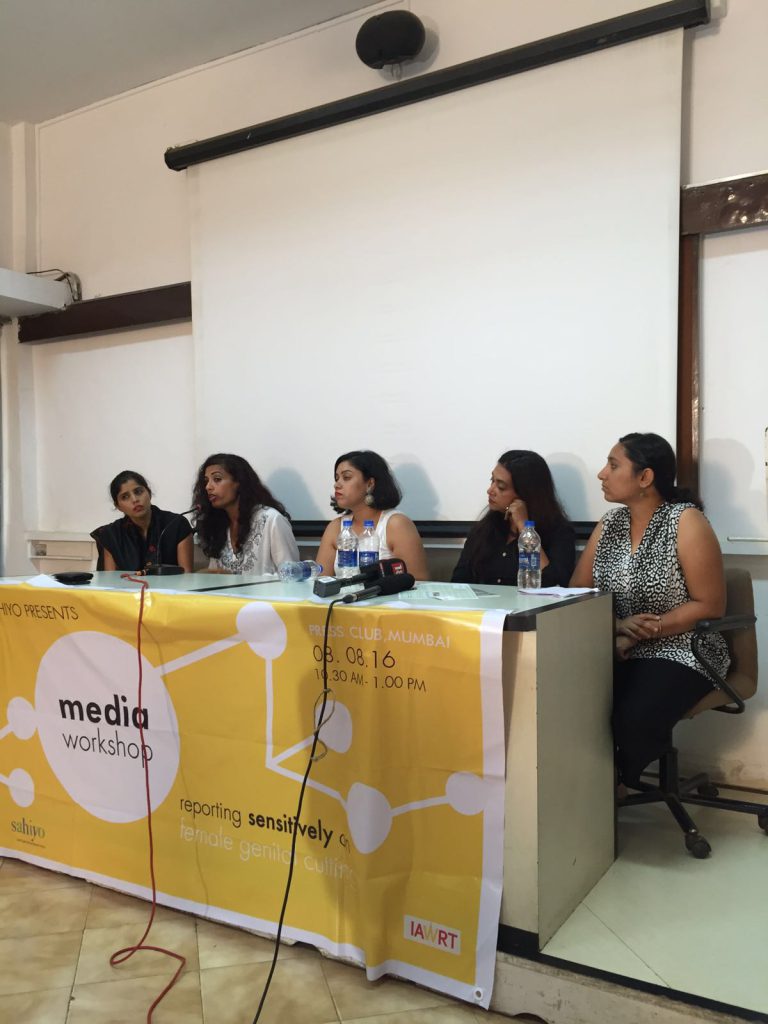I don’t remember my khatna. But it feels like a violation

(First published on February 23, 2016) Zehra Patwa Age: 45 Country: United States In 2014, I saw a video that changed my life. My husband sat me down, told me that this was going to be upsetting, and showed me a video. It was a documentary from Australia featuring my cousin’s wife recounting her experience of being cut at the age of 7 in a dingy apartment in India by an old woman. Her telling of the story horrified me, which is the same reaction I have always had about Female Genital Mutilation (FGM) but what threw me was the fact that this was a Bohra woman, like me. She said this happens to all Bohra girls around the age of 7 and that it had happened to her sister, too. For a moment, I refused to believe it but as she kept talking, I realized that it could have been done to me too. I grew up in the UK and moved to the US in 1994. I immediately recalled that summer trip to India at the tender age of 7 to attend my uncle’s wedding. My mother had made me new dresses and I had matching hats and headpieces to go with them. It was going to be so much fun. What I couldn’t recall, though, was the actual khatna, but I have since received confirmation from my family that it was done to me. Even then, the reality did not sink in. How could I not remember it? Maybe it wasn’t done to me after all, maybe it was all a ruse to “save face”. What I’ve learned since is that some women erase the memory of the traumatic event completely and utterly. Sometimes, it can be restored and other times it can’t. I still haven’t accepted if it’s better to know or to not know. Either way, it feels like a violation. I cannot stand by quietly and let other girls in our Bohra community be subjected to this terrible practice. I will not be silent. Even though I do not recall my personal khatna, I feel lasting psychological damage has been done just knowing that it happened to me. I can only imagine the physical and psychological damage done to those girls and women who, to this day, have vivid memories of it. The Bohra jamaats in Sydney and Melbourne in Australia and, now, London in the UK have banned khatna (khafd). Why do our sisters from all over the Bohra diaspora still have to suffer when our sisters in Australia and London are spared? Are Bohra women valued more in some countries than others? All Bohra women are subject to the same rules and edicts from Aqa Maula, why is this any different? Khatna is illegal under Female Genital Mutilation laws in the US (18 U.S. Code § 116 – Female genital mutilation) but if khatna should not be done by some Bohras, shouldn’t it be extended to all Bohras regardless of the law in that country? If you had a daughter in Dubai, would you still consider subjecting them to khatna if your sisters in Australia and the UK are specifically told not to?
I was cut, my daughter too, but it stops with my granddaughter
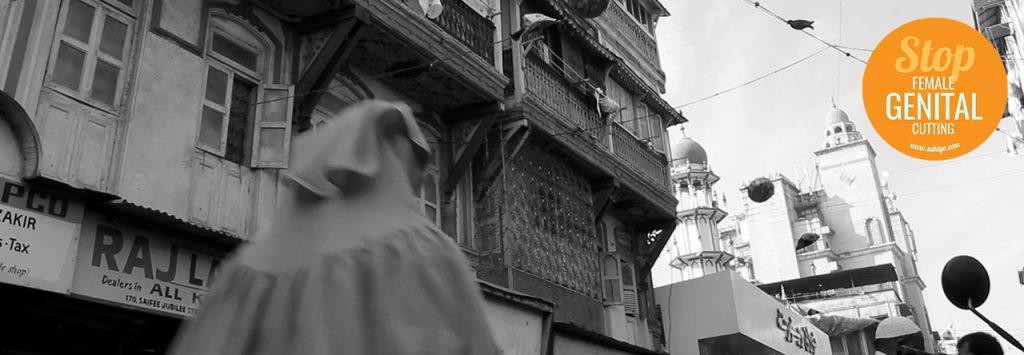
Age: 58 Country: India I was 7 years old when my grandmother told me that she is taking me out. I was so happy and dressed up quickly, expecting to be given some goodies. Instead, I was taken to the house of a strange lady who frightened me when she pinned me down. And after that, what I remember is howling, crying, acute pain, and everyone around pacifying me. The whole day passed with agony and I was afraid to pass urine because of the pain. I kept on asking my mother and grandmother about what was done to me. The only answers I got: it was for my good and I would be fine soon. However, as I grew up, I was enlightened about “Khatna” as an Islamic tradition, which was also performed on my younger brother. Later, when it was my daughter’s turn, I had to quietly go along with our religious tenets. Now, my granddaughter is 6 years old, and for her, I will not support the practice of khatna. Now I am convinced that female circumcision only results in agony and pain for a girl child, with none of the benefits it is claimed to have. Also, not all Muslim communities practice it. Moreover, I am happy that NGOs like Sahiyo have brought this issue to the forefront and are getting worldwide support.
Why this Bohra father is guilty about his daughter’s Khatna
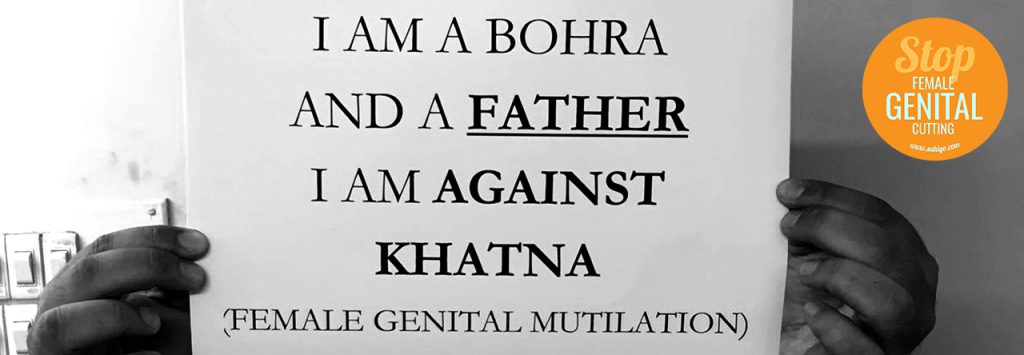
(First published on May 5, 2016) Name: Yusuf Country: India The fatwa given during the Zikra majlis by Syedna Mufaddal Saifuddin in favor of female genital cutting dug up the wound that exists in my heart which makes me write this post. Looking at parts from the audio clip leaked from the majlis, at one point, Syedna Mufaddal Saifuddin says what translates to English as: “It must be done. If it is a man, it can be done openly and if it is a woman it must be discreet. But the act must be done. Do you understand what I am saying? Let people say what they want.” The Syedna made no direct mention of the word “khatna” or “khafz”, but asks that the act be done discreetly for girls so that the community does not get tangled in any legal trouble. He cryptically says, “Do you understand what I am saying?” It was a clear reference to female genital mutilation (FGM). It is obvious that this was in response to the raging debate on FGM that has occurred in public after three Bohras were convicted in Australia for practicing khatna on two minor girls. No one from the clergy has come forward to participate in this debate, and the Syedna in his fatwa said, “We are not willing to talk to anyone on this issue”. The reason this issue dug up a wound in my heart is that a couple of years ago my daughter was made to undergo this barbaric ritual, against my wishes, under pressure from family elders and the ladies in particular. A year before my daughter turned seven, my wife told me that when our daughter turns seven we have to do her khatna. Unlike most men in the community, I was aware of what khatna or FGM is and I told her that I will not allow this. I told her this practice was started centuries ago by Bohras who wanted to curb the sexual desire of their women, as they frequently traveled for business. I told her that there is no scientific/medical basis for khatna or FGM. There is no mention of it in the Quran and that other Muslim sects do not practice it. I even told her that it is illegal in the western world and has been declared a violation of human rights by the United Nations. What I also did was initiate a discussion within my close Bohra friend group. I raised the issue as to why a girl who doesn’t understand what is going on or what’s being done to her has to go through this, especially when the ones taking her for the cut are people she trusts. One reply I received from a female friend in the group is etched in my memory. She said, “Would you want your daughter to have multiple sex partners and have extramarital affairs?” I was taken aback by the reply, particularly as this friend is a well-educated person otherwise! It left me in despair on realizing the extent of falsehoods that have been propagated within the community, with people being brainwashed into believing something as barbaric as khatna, which has no scientific basis and is a violation of human rights. Forcibly doing something that is thought to curb sexual desire is in itself a violation of human rights. If educated young women of the community think in this manner, what to say of the elders who still dominate decision-making in the majority of Bohra households? My wife agreed with me and was reluctant to put our daughter through the horror. She told my mom and her mom that I was against the decision. She was told by both that there would be no argument and that this centuries-old practice has to continue just like how they went through it. Being the only son, I live with my parents. My wife was torn between me on one side and my mother and her mother on the other. Talking to my parents did not help and ended with the usual invocation that it’s a “religious obligation”, Moula, tears, emotions, etc. My wife and I left the matter there hoping that when the time came, we could fake it. But, when my daughter turned seven, my mom said she would accompany us to take our daughter to get her khatna. She wouldn’t let us go alone. She made sure the appointment with a Bohra gynecologist (sigh!) was made. My daughter was put under the blade. The fault is mine. Maybe I wasn’t strong enough or forceful enough then to prevent that atrocity on my daughter. But, now that there is a perfidious attitude where on one hand there is this fatwa in favor of the practice, while on the other hand, jamaats in Western countries have issued letters telling citizens to refrain from the practice, I thought it is time we men from the community spoke out against it. It is time for Bohra men to be informed about this evil practice and come out against it to save their daughters. As it is well-known that the consequences of openly raising your voice against the Syedna has dire consequences, it is going to be difficult to get rid of this practice by mobilizing support from within the community. Some people may be against it, but they don’t say it openly. In my opinion, building support in the larger civil society and legal recourse is the best way to end the practice. Maybe a public interest litigation (PIL) in India will get positive result. There is already a raging debate in India over triple talaq after a lady filed a PIL against it, and it has got larger public attention and support. I commend the members of Sahiyo who are fighting against FGM. This post is my small contribution in support of their effort for a common good. ~ Written by Yusuf, a guilt-ridden and remorseful father belonging to the Dawoodi Bohra community.
‘I begged my mother not to circumcise me. She listened to me.’
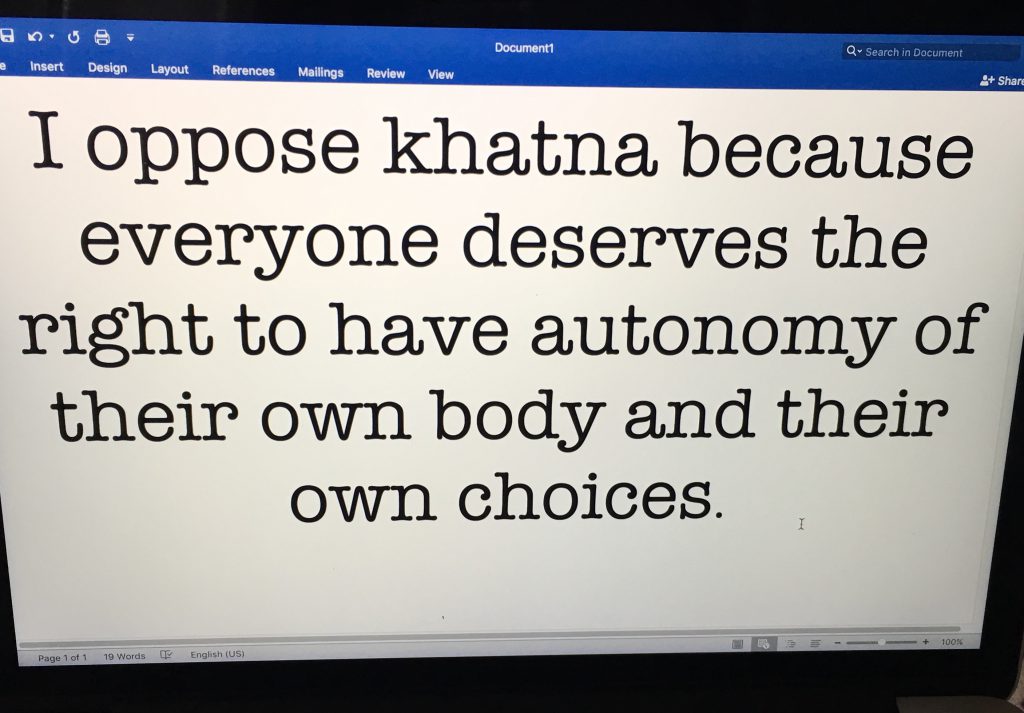
By Anonymous Age: 26 Country: United States (Read the Hindi translation of this article here.) I remember hearing about it for the first time in my Saturday school class. A male teacher was taking our class that Saturday morning, and the topic was circumcision. At the ripe age of 14, I didn’t really know what that meant, but I did know it involved something that was related to sex-ed. I awkwardly sat with the girls in my class on the right side of the room, separated from the boys by a wide space, who sat on the left side of the room. The teacher began to speak about male circumcision; that skin was surgically removed from a boy for hygienic reasons. He then went on to explain female circumcision; that it was done to curb a girl’s sexual desire. Girls were meant to be chaste, quiet, and obedient. Circumcising little girls was the only way to keep them from being promiscuous. It was the only way to stop them from bringing shame to their families. I remember sitting there, having no idea what my teacher was talking about. I was sure I had never undergone this procedure, or whatever my 14-year- old brain could comprehend from the Gujrati he was speaking – it was not my first language. I felt extremely uncomfortable and unsettled as I sat in that room that day. I remember going to a sleep-over at an older girl’s house that same Saturday, where the topic inevitably turned to what we had heard at Saturday school earlier that day. I sat quietly as one girl, a bit of a know-it-all, explained why this procedure was done on girls, and how it made us better Muslims and better Bohris – because circumcision ensured that we would never be tempted by sexual desires and pre-marital sex; it cleaned us, purified us. I listened intently as other girls relayed their circumcision stories, all the while feeling like a fraud because I knew that I had never undergone this “rite of passage”. I know now that I still didn’t understand then, what this rite of passage truly meant. All it meant to me was that I didn’t fit in, that I was a “bad girl”, that I was dirty, and that I was just pretending to be a good Muslim. I remember finally working up the courage to ask my mom about it a few weeks later. I watched awareness dawn in her eyes, as I relayed what we had learned in class. I saw the look on her face when I hopefully asked her if I had had this procedure done, and just didn’t remember. She shook her head. She had always meant to take me to get it done, when we were in India but had just never gotten around to it. I told her the stories I had heard from my friends and asked her if she could explain this procedure to me since I had had trouble understanding it in my class. She proceeded to explain the process of khatna to me; the removal of skin from a girl’s clitoris, to make her clean and pure. As I heard the explanation, I cringed. She watched me for a few minutes and then stated with authority that the next time we went to India she would take me to my aunt, a doctor, who would perform the procedure on me. I sank to my knees in front of her, begging her not to do this to me, begging her not to make me undergo what sounded like an unimaginably painful procedure. I promised her that I would be good, I would be clean, I would do anything she wanted if she would just forget this whole thing. She exhaled, saying “we’ll see” in a soft, resigned voice. I remember getting older, doing more research on what khatna even meant, listening to my cousin passionately talk about how wrong it was, and realizing what a monumental loss my mother had spared me from. As an adult, I view the practice of khatna very differently than I did as an impressionable teenager. So many young girls have had this choice stolen from them. No one has asked them if this is something that they want. Their families have decided to steal a part of who they are, without any regard for what it will do to them, and often times make the decision to bring their precious little girls to unsterile and inexperienced hands to do something so serious to their bodies. I remember seeing a huge Facebook discussion break out months ago, where a very outspoken girl I know accused people who work to stop khatna of “airing the dirty laundry” of the Bohri community in such a public way. In that moment I had never felt so much shame at someone in my community. This practice is wrong, and the non-consensual nature of it makes it even more heartbreaking and deplorable, to me. When your community is doing something questionable and touting it as a religious practice revered by the Prophet (PBUH), you don’t close ranks and hide deeper in the shadows. You open the floor to debate and discuss how we can become better as a community. You discuss how we can protect the young girls and young women of our community and give them the chance to make their own choices, rather than taking their choices away from them. We can do better as a global community to stop this. My mother saved me. She put her love for me first, and I am the woman I am today because of her. I am forever grateful for her protection and guidance. All young women deserve the same protection, the same love, the same respect, and the same autonomy over their bodies. It’s the least we can do.
‘My mom regrets that she allowed khatna to be performed on me’
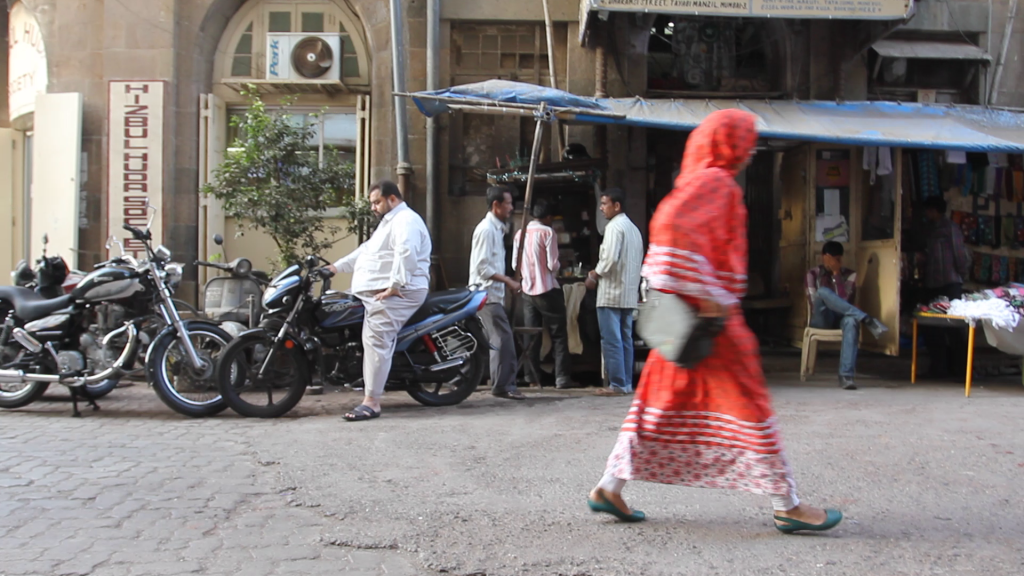
Age: 34 Country: USA I was six years old when my mom explained to me that I had to undergo the procedure of khatna – that a small surgery would happen on my private parts. I simply understood that it was one of the many rituals that I, as a Muslim girl, would experience. So one night when my parents and I were at the markaz for an event, my mom took me with her to the back room storage area where a young woman introduced herself as a doctor. The cutting happened so quickly – I do not remember any pain. I do not remember being afraid. I was given a maxi pad to wear which felt awkward. And was then asked to go into the men’s section to tell my dad we were ready to go home. While physically, I was not severely damaged, emotionally the experience of khatna has held a sobering cloud over my understanding of sexual health. The practice of khatna reinforced the idea that a woman’s sexuality is to be protected and hidden and not talked about. This is compounded by the policing of menstruating women – that we cannot touch the Qur’an or enter the Masjid while on our period. This all serves to define female genitalia as dirty things to be cut, cleaned or controlled. It took me years to unlearn this internalised oppression and find a way to practice Islam in a way that allows me to feel empowered by my sexuality instead of ashamed of it. I am also grateful that my parents are part of this journey with me and are speaking out against the practice of khatna. I know my mom especially regrets that she caved to the pressure from her parents and allowed khatna to be performed on me. I wish I could take that burden of guilt away from her. I can only hope that as she sees me in a healthy relationship with my husband now, she knows that I am OK and that we can work together to ensure the practice of genital cutting ends with my generation.
What can Bohras learn from a new report on the global status of female genital cutting?
by Aarefa Johari This August, the Population Council and UK Aid published a unique, comprehensive report on Female Genital Cutting around the world, to serve as a valuable resource for anyone working to bring the practice to an end. Titled ‘A State-of-the-Art Synthesis on Female Genital Mutilation/Cutting – What do we know now’, the report provides a zoomed-out analysis of all the recent available data on FGC from the 29 countries that have done national surveys on the subject. Although India does not feature in this list, the report offers plenty of food for thought for those of us in South Asia in general and the Dawoodi Bohra community in particular. In hospitals or in homes? The 29 countries studied in the Population Council report are all from Africa, except for Yemen and Iraq. But the report also acknowledges the prevalence of the practice in other countries like India, Pakistan, Oman, Malaysia, Iran and Colombia, where no national surveys have been done yet. Indonesia, where the widespread prevalence of FGC has only recently been given official recognition, has been featured prominently in the report. Types I and II are the most common forms of FGC around the world, and in the 29 countries studied in the report, it was found that the cutting is still overwhelmingly performed by traditional cutters. In the Bohra context, we do not know if that still holds true. We know for sure that in India, in big cities like Mumbai, nearly all Bohras who still choose to get their daughters cut end up going to Bohra-run hospitals or clinics. Based on anecdotal information, we also know that Bohras in smaller towns are increasingly choosing to have it done by a local doctor. For instance, one woman from a Bohra housing colony in Jamnagar told a Sahiyo founder that khatna for girls is now performed in clinics because with the traditional untrained cutters, there had been many instances of “cases going wrong”. This is disturbing for two reasons: One, khatna is now increasingly getting medicalised among Bohras, creating the entirely false impression that it is a medically sanctioned and beneficial practice. In truth, khatna has no proven health benefits at all. And two, we cannot help but think of the girls behind the many “cases that went wrong”. The word “case” is a medicalised euphemism for an actual girl, now probably a grown woman, who must have been cut more than intended, who might still be experiencing physical, psychological and/or sexual trauma that has probably never been addressed, because we are taught to be silent about these matters and because our country does not have adequate mental health resources to help those in need. How many such “cases gone wrong” have we had in the Bohra community? No one knows, because for centuries, the voices of those girls and women have been silenced. Supporters of khatna often claim that only a “small number” of Bohra women have suffered negative consequences. But if just one town in Gujarat has seen “many” cases that went wrong, perhaps it is time to drop our defenses, create a positive space for all women to share their stories, and truly listen to their voices. Why is khatna practiced anyway? The Population Council report also makes an interesting point about the reasons different communities give for practicing FGC. Across cultures, there are a variety of reasons given, which can be broadly classified into certain basic themes: marriageability, chastity, social status, religious identity, transitioning into womanhood, maintenance of family honour, beauty and hygiene. But unlike popular belief, the reasons given by a particular culture or community do not remain static – “as with other social norms or practices, they are dynamic and subject to change and influence over time”. This rings true for Dawoodi Bohras around the world, where the reasons given for practicing khatna can change from one family to another. Two of the most commonly cited reasons are “it is in the religion” and “it moderates sexual urges and prevents promiscuity”. “Cleanliness and hygiene” is cited far less frequently, even though it is the “official” reason as per the Bohra religious text Daim al-Islam. This is most likely because khatna is carried out secretly, Bohra religious leaders have never publicly discussed or advocated for the practice and women have typically passed down the reasons for it as an oral tradition within their families. And some Bohras are now rationalising khatna in ways that their grandmothers probably did not – some compare it to male circumcision and claim that it prevents urinary infections and/or sexually transmitted diseases; others have started equating it with the medical procedure of clitoral unhooding and claim that the removal of the hood enhances sexual pleasure. This just goes to show that it really doesn’t matter what religious texts like Daim al-Islam or the Sahifo may say about khatna for girls. Most community members don’t seem to even be aware of what these texts say, and they have been cutting their girls for entirely different reasons. One of my own aunts once told me that girls who are not cut will turn into prostitutes – a preposterous idea that she not only believes in, but also attributes to the Prophet! The sad truth is, her daughter was cut for this reason – to prevent her from becoming a prostitute – and not for any “official” reason. Similarly, other girls are being cut to keep them chaste, and I was cut for no reason at all, because my mother just didn’t think of questioning the practice. Hope for the future The Population Council report also points out that FGC often continues within a community because the individual preferences of girls or even their mothers are “often superseded by those of elder women in the family”. Among Bohras, we keep hearing from scores of women who have experienced the same dilemma: they didn’t want to have their seven-year-old daughters cut, but eventually had to cave in to pressure from their own mothers or mothers-in-law. Many Bohra women are currently facing the same problem and are
‘I am not traumatized or damaged, but I still want Khatna to stop’
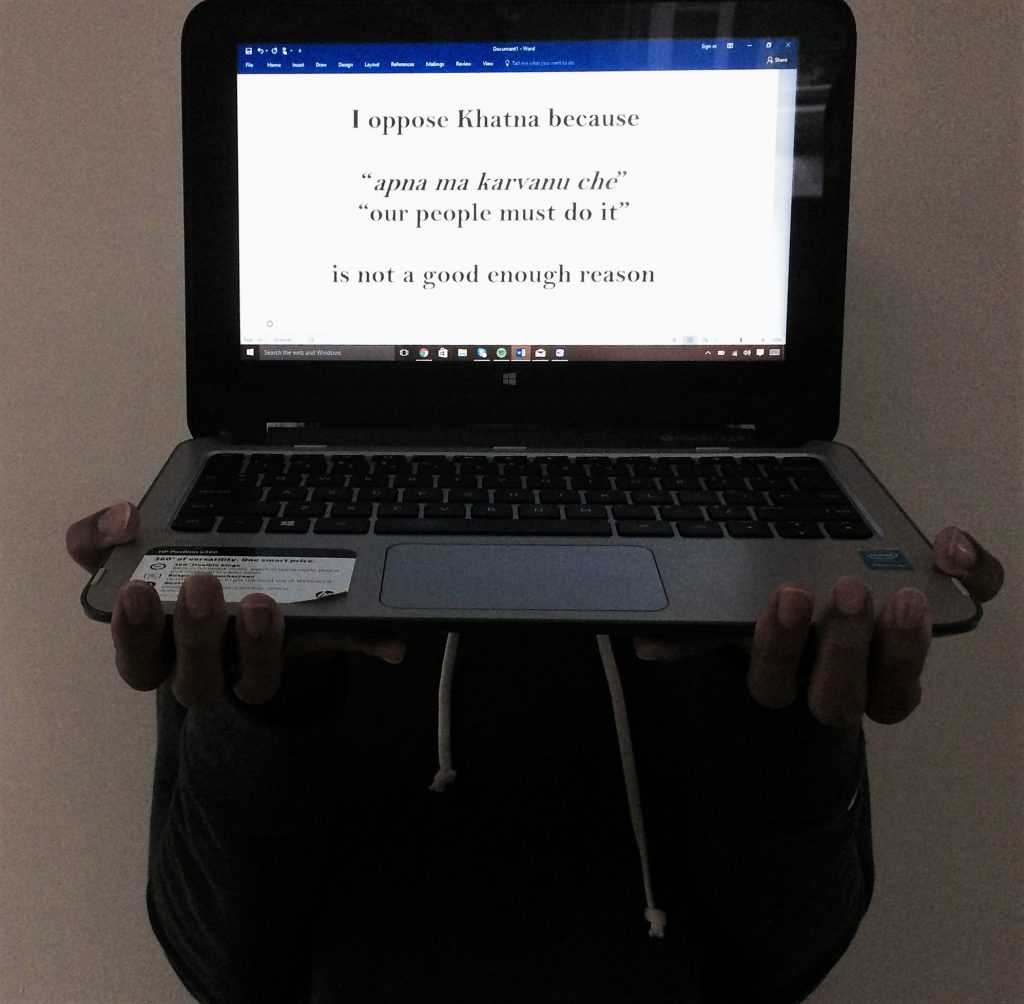
My father did not allow khatna to happen to me

By: Aiman Age: 26 Country: United States I am a 26-year-old Indian female born and raised in the United States. I come from a Dawoodi Bohra family. I only recently found out about khatna, or female genital cutting, when my cousin exposed me to the issue. It came as a shock to find out that this practice had happened to many of the women in my family. I was overcome with horror and sadness at learning that information. I wondered why khatna hadn’t happened to me. After all, I went to India so many times as a child and stayed with my mother’s family, who supported this practice. Wanting to learn more about it, I decided to reach out to my mother. My mother told me that at the time it was a very common practice and they all had it done. She also told me that she didn’t know why it was performed. She told me she was mad when it happened to her because it hurt her, but she was not mad at her mother. Her mother didn’t know any better, my mother said, it was tradition and no one questioned it. My mother went on to tell me that the reason it did not happen to me was because my father was against it, and would not allow it to be done to me. I feel extremely lucky to have such a progressive father, who did not support this practice. But knowing that this has happened to my cousins, in India, and in America, is heartbreaking. I am in full support of my family members speaking out against the practice and letting the world know that this is not right and should not occur anymore.
I will not let my younger daughter be cut, says a Bohra father
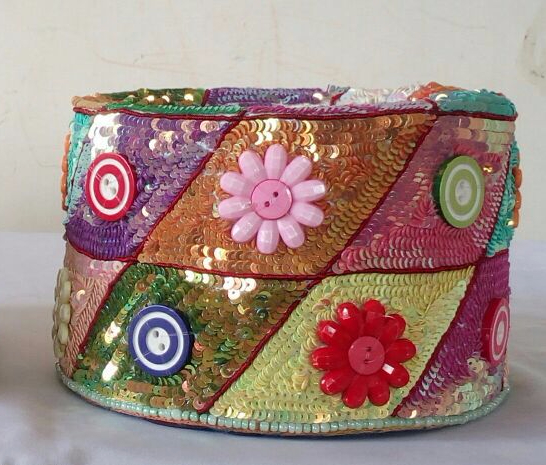
By: Hozefa Anik Age: 40 Country: India The first time I heard about khatna was some 15-16 years ago, when I was working in Doha, Qatar. I was told that it is a practice prevalent in parts of Egypt, mainly in the villages located in the Nile river basin. The soil of the basin was supposed to be very fertile and had a certain effect on women’s genes, apparently making their clitoris grow ten times bigger than its normal size. Because of this, the women would remain in a constant state of physical arousal – any bodily movement would cause friction and arouse them. To control that, they started cutting the clitoris, which eventually turned into a tradition. I never thought much about this till, a few years ago, I read about a lady opposing khatna in Australia and discovered that this was being practiced among the Bohras too. And I was against the idea of khatna from the very first time I heard about it. My elder daughter was cut when I was out of India and I was not even informed or consulted. It is a misfortune that on the one hand, we say that we are advanced and we use the latest gadgets and technology, but on the other hand, we still adhere to age-old rituals and traditions. We are fed such things from childhood, so for us it becomes a way of life and we do not even bother to understand the rights and wrongs. I will give you an example. When I was in Santo Domingo, we had a live-in maid in our house. She stayed with us during the week and went to her own house on Sundays. One day, I saw her cutting her nails at night and I objected to it, telling her not to do it at night and to try to do it only on Fridays. This was based on the superstition fed to me from childhood that we have to cut nails only on Fridays and never at night. When the maid asked me the reason for this, I was unable to give her a satisfying explanation as I myself am unaware of the logic. I don’t follow it anymore. I cut my nails whenever I want but the problem is I still feel guilty if I cut them at night. This applies not just to Bohras; this is global. Every religion, community, society has some sort of superstitions. My elder daughter has been cut, but I am not going to do it to my younger daughter. My wife is on board with me about this – we will not let this happen to her.
A brief report on Sahiyo’s media workshop on khatna among Bohras
